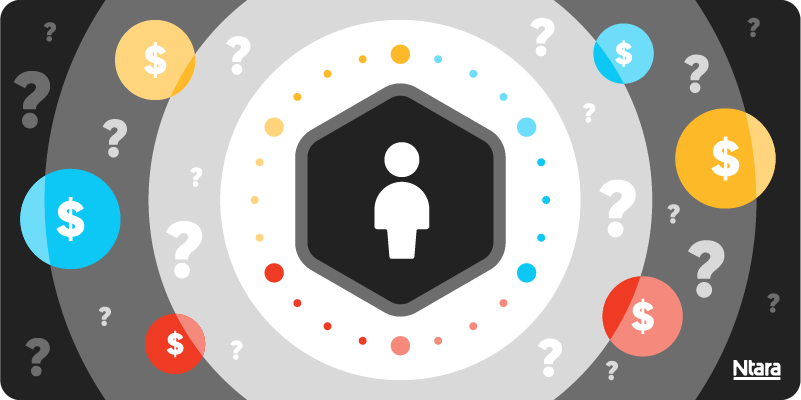
CIOs constantly juggle competing priorities. So, when someone suggests adding PXM (product experience management) to the mix, some of the first questions asked are: What is PXM? What’s it cost?
A PXM strategy is executed over time and typically includes:
- PIM software
- DAM software
- PIM and DAM integration with ERP, PLM, and other product software
- PIM and DAM syndication to internal and external channels
- Ongoing optimization and feature adds over time
Each of these components has its own cost structure and ROI potential. Typically, we work with businesses to identify their top priority requirements. Then, we work quickly to launch an MVP project. The goal is to optimize processes and provide ROI in the first iteration. Then, over time, add more features, integrations, and optimizations.
Whether you’re pricing an MVP implementation or a longer-term services option, there’s much to consider. Let’s break it down.
PIM & DAM implementation or upgrade
Wherever you are on your PIM and DAM journey, investing in software is a big deal. And like most big investment decisions, the cost can vary. Sometimes a little, sometimes a lot.
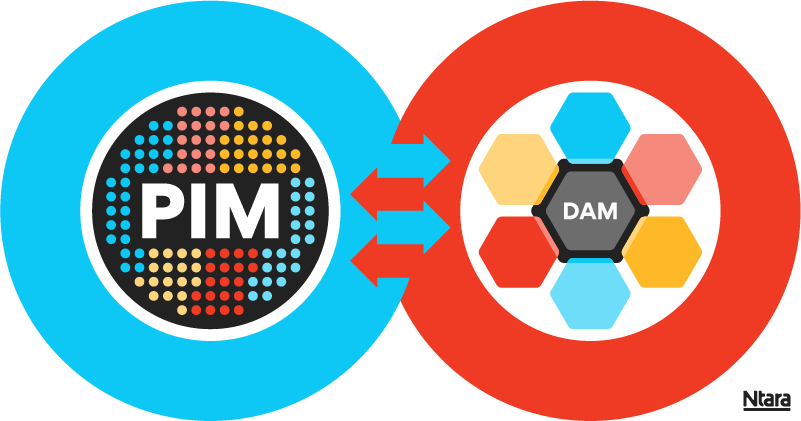
Here’s what can affect the price:
- How many products you sell: If you have thousands of products, each with different sizes, materials, and specs, it takes more time and effort to organize that data
- How many people need access: Ideally, PIM and DAM help gain efficiencies across the business. However, the more use cases you plan to solve across departments, the more complex your implementation can be.
- How your teams work together: Do you need custom workflows or strict rules for who can edit what type of content? The way your teams collaborate can add or reduce complexity.
- What systems you need to integrate: The long-term goal with PXM is a fully-connect product ecosystem. The more systems your PIM and DAM “talk” to, the more value they’ll provide for your business. More integrations can also lead to more cost.
What does it cost?
- Mid-market manufacturers usually spend between $150,000–$500,000 on services for a PIM or DAM implementation or upgrade.
- Large, enterprise-level manufacturers can spend $500,000 to over $1 million.
But here’s the surprising part: Many companies are already investing in PIM and DAM software, but not always in the smartest way.
For example, even with PIM, some teams still rely on spreadsheets. Even with DAM, some teams still use shared drives and manual processes. Companies must invest not only in the systems, but also in process and training. If no one gains efficiency from your PXM systems, they aren’t worth the investment.
It’s like upgrading from a flip phone to a smartphone. You will pay more upfront, but the long-term benefits are worth the investment.
Integrating PIM and DAM into your product tech stack
Once you’ve chosen a PIM or DAM system, the next step is making sure it works smoothly with the rest of your systems. When everything is connected properly, product data and digital assets can move seamlessly between systems without anyone having to copy/paste.
That means fewer mistakes, faster updates, and a lot less frustration.
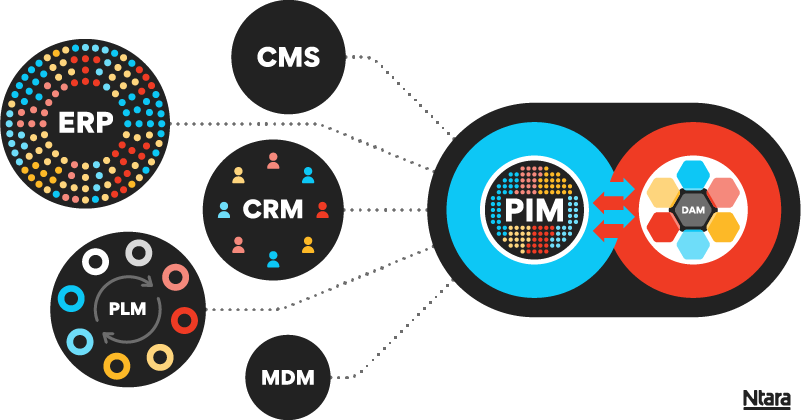
What affects the cost in terms of integrations?
- Capability of internal resources: First and foremost, decide if you can manage integrations in-house. Some businesses do. But many don’t have the IT bandwidth, so they hire a PXM partner (like Ntara) to collaborate on strategy and manage the technical buildouts.
- Number of systems to connect: The more tools you have, the more work it will take to get them all talking to each other. Prioritizing these and approaching them iteratively will help allocate your budget more evenly over time.
- How easy the systems are to connect: Some platforms have out-of-the-box connections to others. However, these often have limited functionality. If your business requires more features than a connector provides, you will need more custom work.
Let’s say you use ERP to track inventory and PLM to manage product designs. If your PIM isn’t connected to both, your team might have to update the same product information in three different places.
Conversely, when everything is integrated, a change in one system can automatically update all other systems.
Pro tip: Choose a PXM partner who’s done this before to help you avoid common integration pitfalls. They’ll know which systems play nicely together and what roadblocks to avoid. It’s like hiring a contractor who’s remodeled houses just like yours. They’ll get the job done faster, with fewer surprises, and probably save you money in the long run.
Product data and asset syndication to channels
This is where PXM really proves its value. Once your product data is clean and organized and your digital assets are in order, you need to get them out into the real world. Syndication lets you do that quickly and accurately.
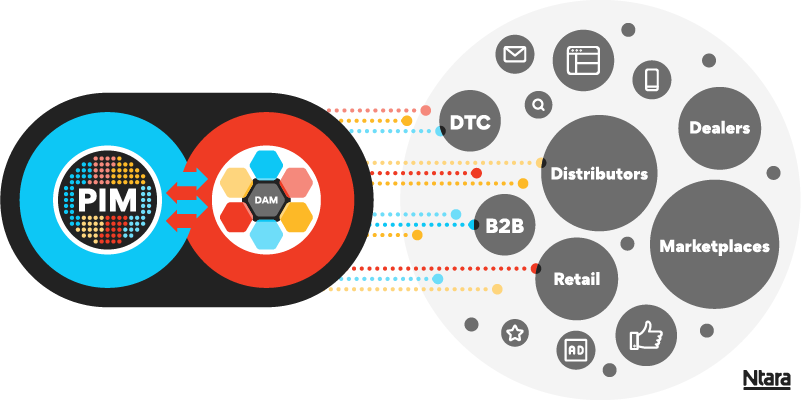
Whether you’re sending to dealer portals, marketplaces, ecommerce sites, internal sales tools, or print catalogs, syndication allows you to do it automatically. Instead of building one-off spreadsheets or manually exporting images, a good PXM infrastructure sets up smarter connections that do the work for you.
Think through the number of channels that you could syndicate your content to (distributor, dealer, product catalog, etc.). Prioritize the channel(s) that will make the most impact. Hook those up first, then add more. The more channels you want to syndicate to at a time, the higher your cost will be.
Ongoing optimization of the PXM ecosystem
This is the line item that often gets overlooked—but it’s the one that delivers the most long-term value. You must continue investing in PXM strategy, technology upgrades, and improving the customer experience. PXM is not a “set it and forget it” strategy. It’s a commitment.
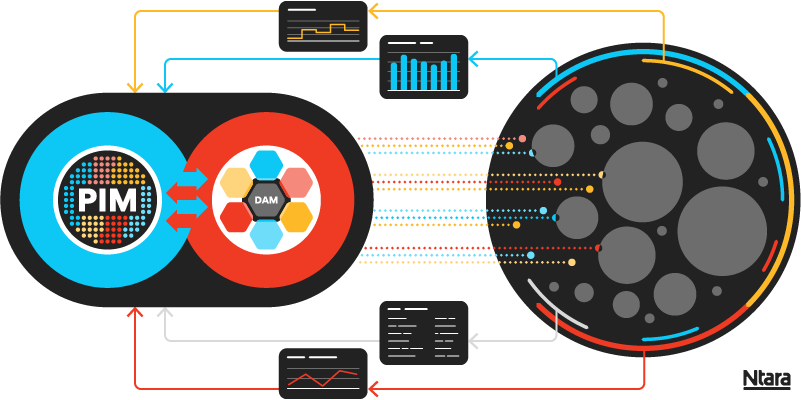
Do you have the internal resources needed to manage ongoing PXM by:
- Monitoring how your product content appears online?
- Identifying gaps and inconsistencies?
- Optimizing to improve customer experience and conversion?
- Helping you scale your strategy as your business evolves?
You wouldn’t launch a new ERP and walk away. Your PXM systems and strategies deserve the same level of care.
Budgeting for PXM: A strategic investment
Here’s how to frame it in your annual planning:
| Line item | Budget category | Justification |
|---|---|---|
| PIM software license | CapEx or SaaS OpEx | Core infrastructure for product data |
| DAM software license | CapEx or SaaS OpEx | Core infrastructure for product digital assets |
| Implementation services | CapEx | One-time setup for long-term efficiency |
| Integration | CapEx | Creates automated pathways between systems, reduces manual work and errors |
| Syndication | OpEx | Automates channel deliver, reducing manual work and errors |
| Ongoing optimization | OpEx | Continuous improvement of the end customer experience and continuous ROI |
PXM isn’t just another acronym. It’s a strategic investment that touches every part of your product data ecosystem. When budgeted correctly, it reduces IT burden, improves compliance, accelerates time-to-market, and enhances the customer experience.
Want help building a PXM budget that makes sense for your business? Contact us.